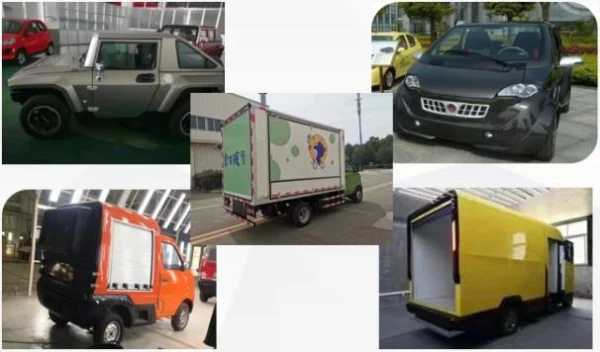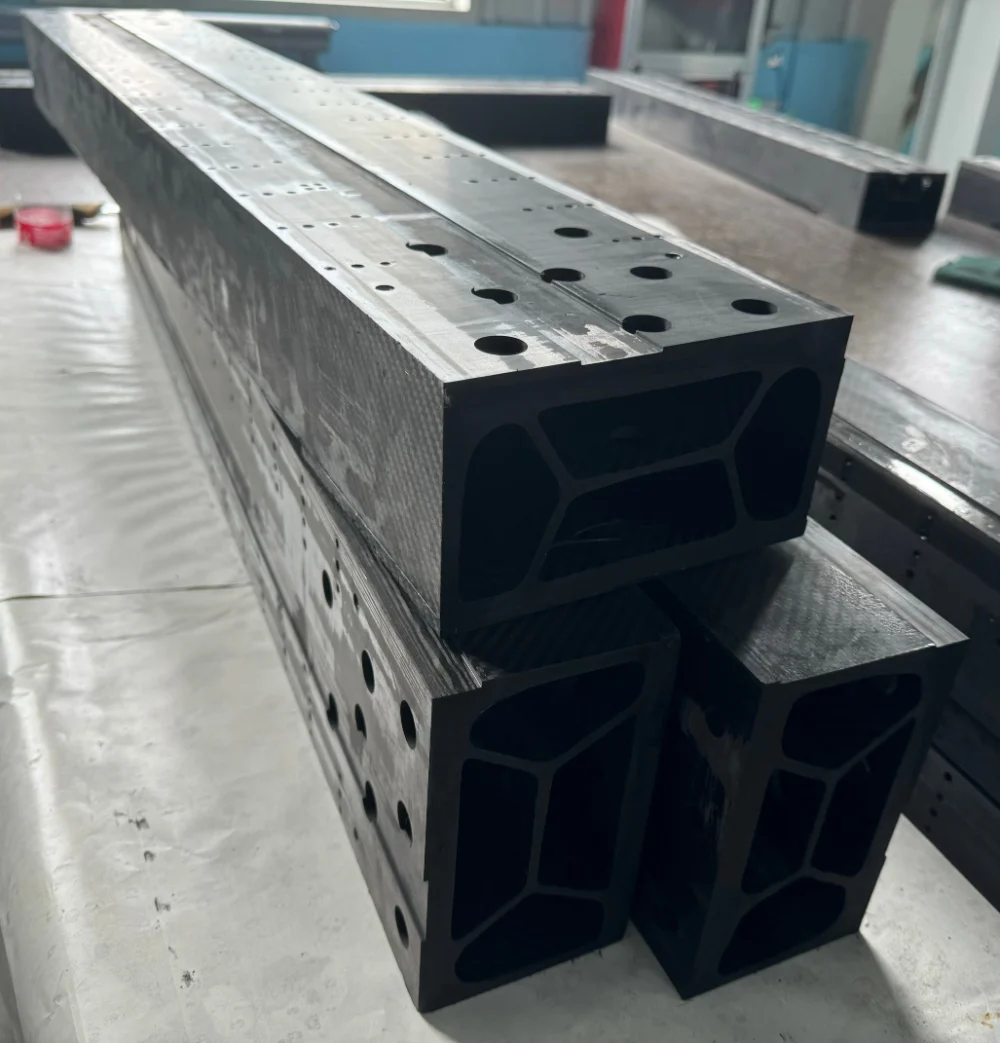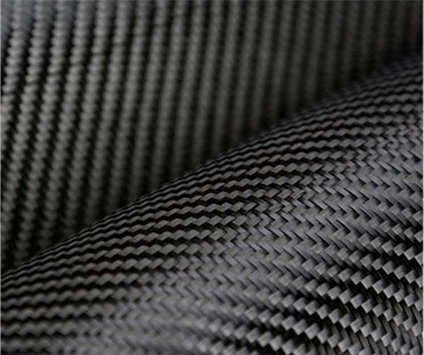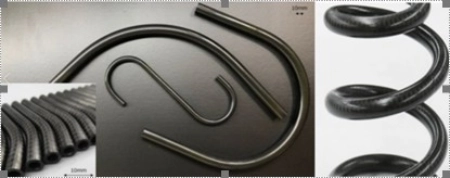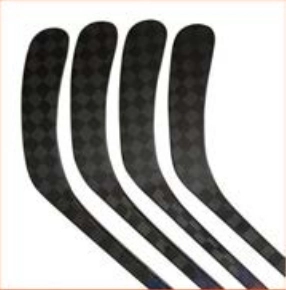Urban rail networks are the backbone of modern city life, tasked with transporting millions of passengers daily. As these systems expand, the materials used in their construction must evolve to meet higher demands for performance, sustainability, and safety. One such innovation leading the transformation of rail metro infrastructure is the use of carbon fiber composites.
Known for their exceptional strength, lightweight properties, and resistance to environmental stressors, carbon fiber composites are becoming increasingly popular in rail applications. High-tech companies like Hithunder Composite Materials Technology are playing a key role in this transition by introducing aerospace-level composite technology into civil and public transportation systems.
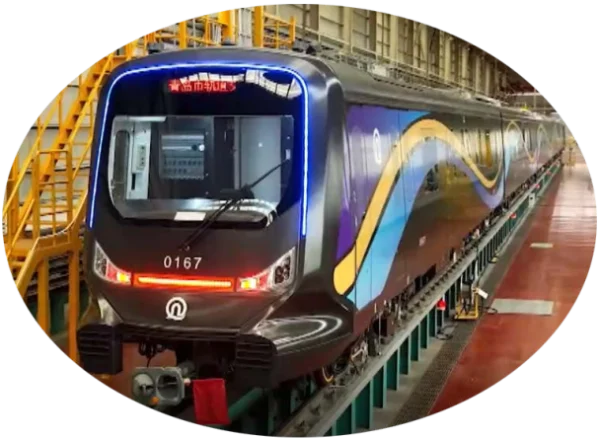
Lightweight Yet Extremely Strong
One of the most well-known advantages of carbon fiber composites is their high strength-to-weight ratio. For rail infrastructure, this means structural components like side panels, car shells, seats, and interior frameworks can be made significantly lighter without compromising strength. This weight reduction directly contributes to lower energy consumption and less mechanical wear, which reduces operational and maintenance costs over time.
With lighter vehicles and structures, metro systems can operate more efficiently and extend the lifespan of related infrastructure such as tracks and bridges.
Enhanced Durability and Corrosion Resistance
Traditional materials like steel and aluminum are susceptible to corrosion and fatigue, especially in environments where moisture, vibration, and chemicals are present. Carbon fiber composites offer excellent resistance to corrosion and weathering, making them ideal for long-term use in challenging metro environments.
This durability leads to fewer repairs and replacements, ensuring consistent performance and lower lifecycle costs. For metro systems operating on tight budgets and strict schedules, this translates into improved service reliability.
Energy Efficiency and Environmental Impact
Reducing the overall weight of metro components means less energy is required to move them. This not only results in lower electricity consumption but also supports the push for greener public transportation. Combined with modern regenerative braking systems and energy-efficient propulsion, carbon fiber composites help reduce the environmental footprint of urban transit.
Hithunder Composite Materials Technology focuses on developing sustainable solutions by applying aerospace-grade composite innovations to the public transportation sector. Their contributions help city planners and rail operators meet carbon reduction targets without compromising infrastructure performance.
Superior Design Flexibility
Carbon fiber composites allow for more design freedom and precision manufacturing. This is particularly valuable in rail infrastructure, where space optimization and passenger comfort are critical. Components can be molded into complex, streamlined shapes that enhance both aesthetics and aerodynamics.
From modular interior parts to curved outer shells, the versatility of composites supports creative engineering and modern design standards. Hithunder Composite Materials Technology excels in developing custom structural composite parts that meet exact performance and design specifications.
Noise and Vibration Reduction
Urban rail systems operate in densely populated areas, where noise pollution can be a serious concern. Carbon fiber composites offer inherent damping properties, which reduce noise and vibration levels inside and outside the train. This leads to a quieter ride for passengers and less disruption for nearby communities.
Reduced vibration also contributes to the longevity of the train structure and other mechanical components, further lowering maintenance needs and costs.
Fire Safety and Passenger Protection
Safety is paramount in public transport. Modern carbon fiber composites are engineered to meet strict fire-resistance standards, with low smoke and toxicity emissions. This makes them suitable for interior use in metro cars, where passenger protection is a priority.
The application of advanced materials that combine safety and performance is central to Hithunder’s mission. With a background in defense and aerospace, the company is uniquely positioned to bring highly specialized materials into the public sector, improving safety standards across the industry.
Pioneering the Civil Use of Military-Grade Composites
Hithunder Composite Materials Technology is at the forefront of transferring military and aerospace composite technologies into civil applications. By adapting these high-performance materials for metro and railway infrastructure, the company ensures that the latest advances in engineering are available to meet the demands of urban transit.
Their commitment to innovation and excellence makes them a trusted partner in developing next-generation rail solutions that are efficient, safe, and built to last.
Conclusion
As cities grow and metro systems expand, infrastructure must keep pace with modern expectations for performance, sustainability, and efficiency. Carbon fiber composites for rail metro infrastructure offer a future-ready solution by delivering superior strength, reduced weight, better energy use, and increased durability.
With leading companies like Hithunder Composite Materials Technology driving innovation, the integration of composite materials is not just a trend—it’s a necessary step toward building smarter, stronger, and more sustainable rail systems.
If you're looking to upgrade your metro infrastructure, carbon fiber composites are a smart, forward-thinking investment that delivers long-term value and competitive advantage.

